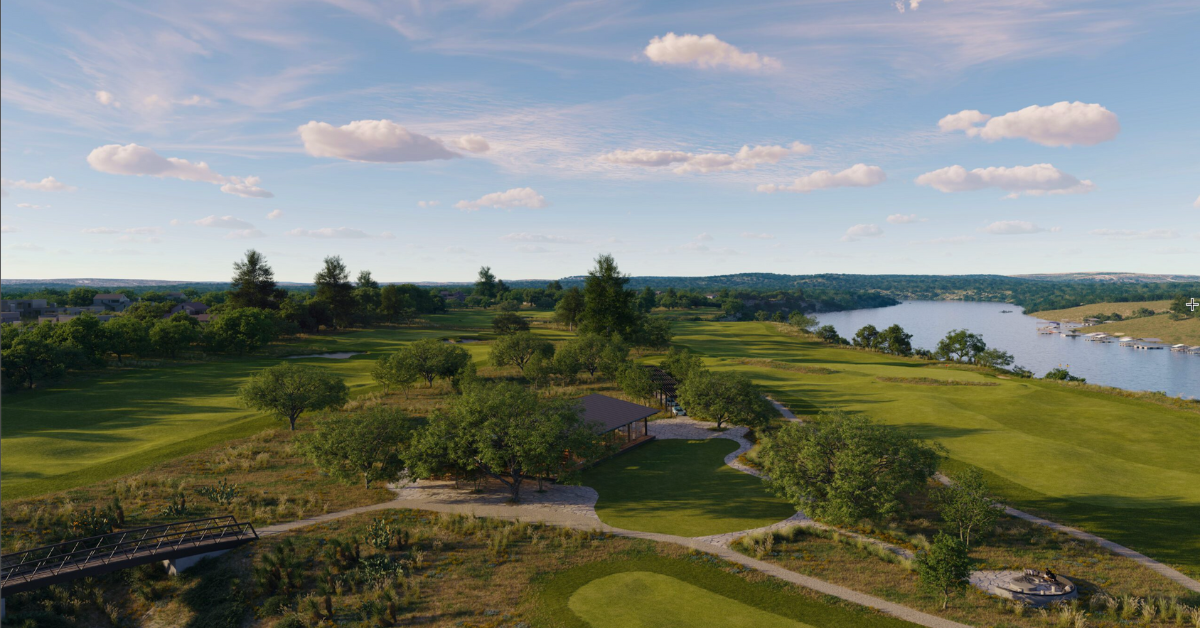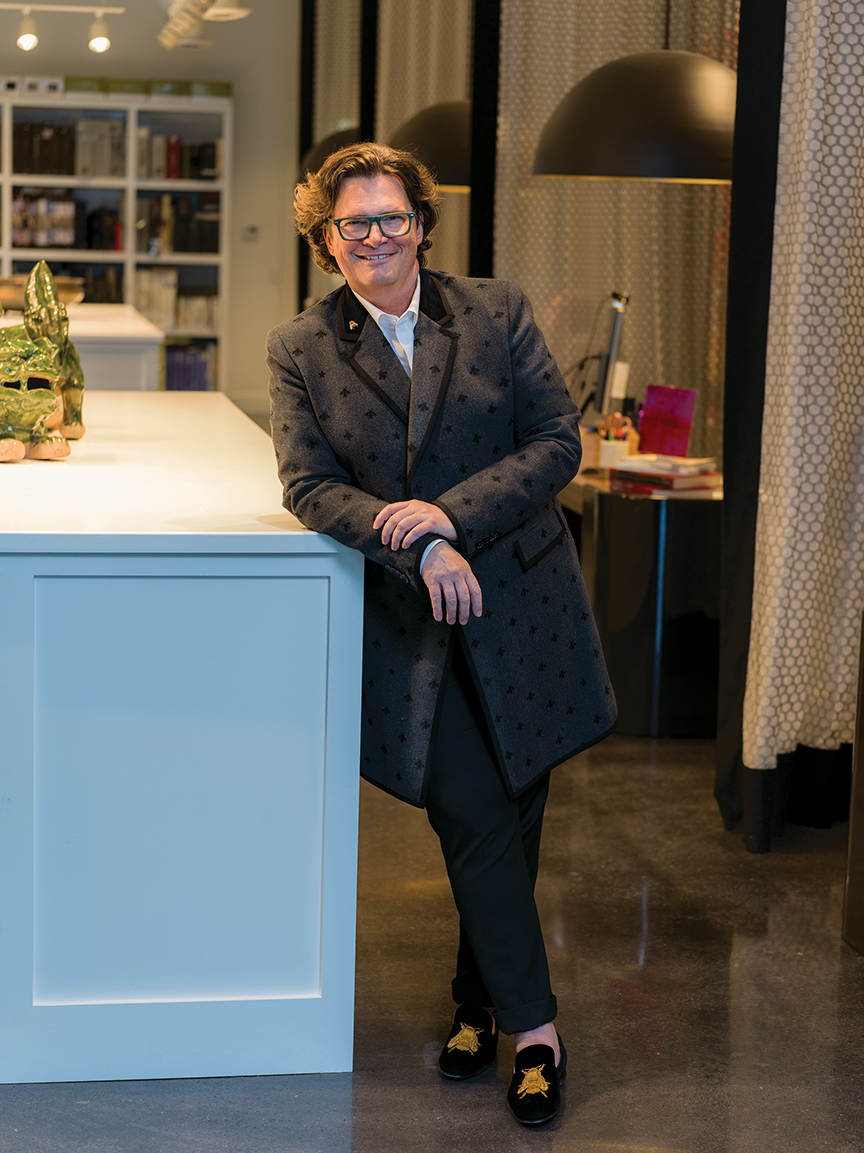
Photos by Mark Jackson/CHROMA Photography.
Designer Chris Goddard grew up in Arkansas in a house full of built-in furniture. As his love for design started early in life, he says this situation “drove me nuts.” Now, as the principal founder of Goddard Design Group, he credits these hurdles, as well as the creative nurturing of his family, for his love of change, which continues to inspire every facet of his work.
It was the need to produce something new every time, and the drive to push himself past his own creative limits, that helped Goddard become a finalist on the most recent season of HGTV’s Design Star: Next Gen.
We spoke with Goddard about his whirlwind experience of creating interior design for TV, and how his reality TV appearance inspired an even deeper love for design than he’d had in 30-plus years.
For those who haven’t watched the latest season of Design Star, can you relay to audiences your method of design?
I’m a big proponent of change, if you’re doing the same thing you did 3 years ago you’re doing something wrong. I never do the same thing twice, so in 30 years we’ve never used the same fabric twice, the same piece of furniture twice — it’s kind of my trademark. I don’t want anybody to have something somebody else has.
What has been your biggest inspiration, since you were young, to work in such a creative field?
I grew up in a very creative family, always surrounded by creativity and the arts. My family, especially my mother and my grandmother, were big on travel and exposing me to as much as possible. So I traveled a lot and spent a lot of time in museums. They would always take me out of school for weeks at a time; they always said ‘the best education was travel and experiencing things.’ I grew up a little globe-trotting kid, seeing the world, which was wonderful and super inspiring.
You received both design and business degrees in college. Have you found this type of structured education helpful as well?
I’ve found that having a business degree really makes a huge difference. Most designers are creative but can’t always run a business, and I’ve been able to strike a good balance. That’s not to say I haven’t ever screwed up — we all have — but those are called learning experiences.
You mentioned loving to travel, what’s one of your favorite places to visit?
One of my favorite places is Morocco. I try and go once a year. I’m super inspired by the colors and textures, anything that’s handmade. When you have something that’s made by hand, at least one thing in your house, it gives your house a soul and gives the room a sense of place, like it’s always been there. That’s my whole deal, creating timeless rooms. I don’t want anything to look like it was stuck in time, and the key to doing that is layering in parts of the past, present and modern so you get something that never really goes out of style.
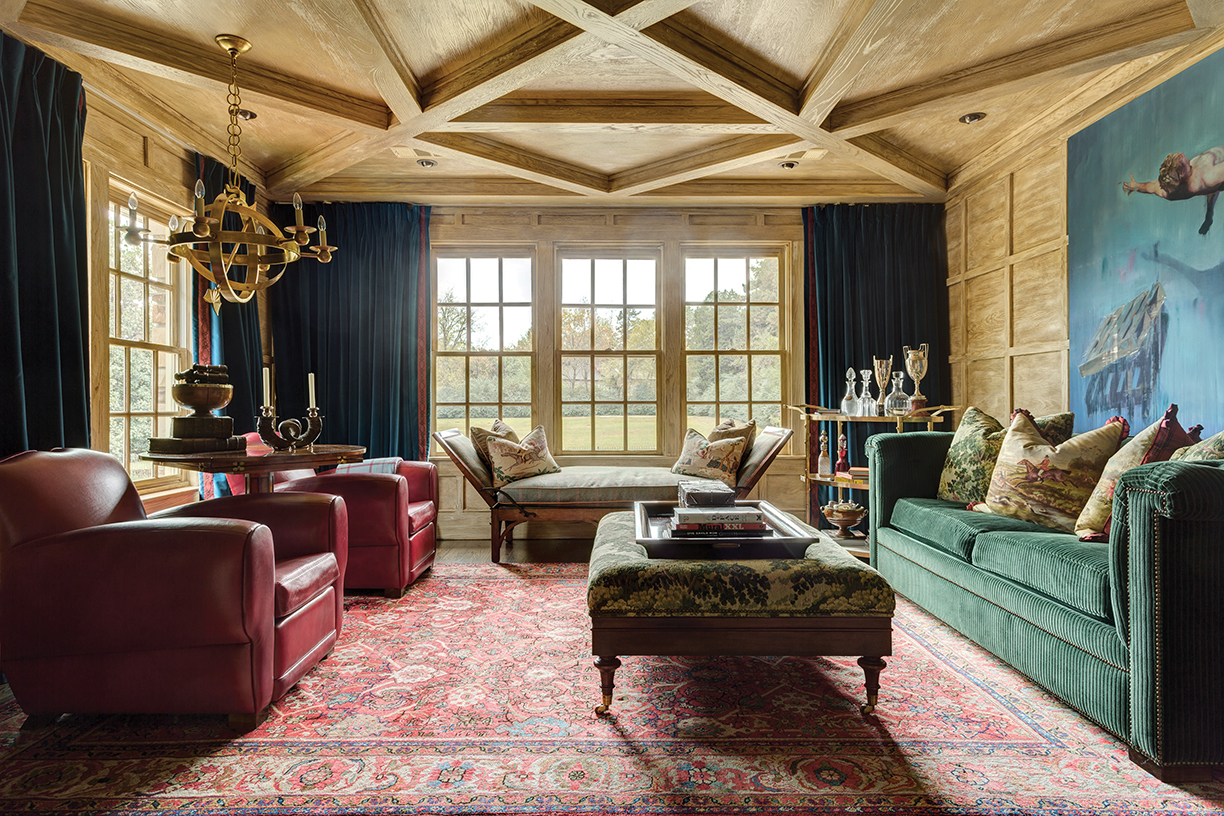
A traditional Southern estate with hints of modern elegance in Fort Smith, Arkansas.
What is your primary focus when you’re designing a space?
I’m designing for the client, or if it’s commercial, for the space. You want to create an experience that is singular to them. I think the death of most design is becoming a trend or doing anything trendy, so I always try to be very specific in what I’m doing and make sure it’s uber-tailored to the space or the client.
I think as a designer the biggest compliment I can ever get is when someone comes in and says “Oh this looks like the homeowner,” instead of “this looks like a Chris Goddard house.” The biggest compliment is that it’s a reflection of the homeowner or the space.
What was it like to be on an HGTV show? Did you enjoy your time on set?
When I started my business I taught myself how to do everything, how to put on wallpaper, how to paint — to be a good designer you have to have an understanding of all the people that work for you. I haven’t done that [in person] in over 25 years, but [on the show] it all came back to me like riding a bike. … Each episode was like a day and a half, so cranking everything out and then being judged on it was a little tricky. In our career, our clients are the judges and you kind of have an idea of what they want, but when you go into things blind, you don’t know.
For me it was more fun because I got to push myself out of my comfort zone, which I really needed. I kind of looked at the whole experience as an opportunity to reignite my passion for design. It’s easy when I get to the level I am at and get comfortable — and I think I was feeling a little comfortable — which was the reason I wanted to compete. Doing it, I came back and I couldn’t have been more excited about design than I had in my whole life. It was the best experience I could have ever had.
What lessons have you taken away from the experience?
It’s best to go with your first thoughts. If you get too much in your head, it throws off the creative process. Don’t be afraid to try anything new. The main thing [I learned], though, was to trust my gut, be authentic and keep pushing myself. And to learn something new. I learned so many new design tips, technology tips — everyone had so many things to share. It was nice to just be able to soak it all in.
How have things progressed since going back to the firm? Any big plans for the future?
I’m excited to see what happens in the next few years, as design is having a Renaissance. Right now we’re busier than ever, since people have been stuck in their homes and they see things they want to change. They want multifunctional spaces, beautiful spaces, there’s been this huge resurgence in an interest in design. The whole world is once again interested in how they live.
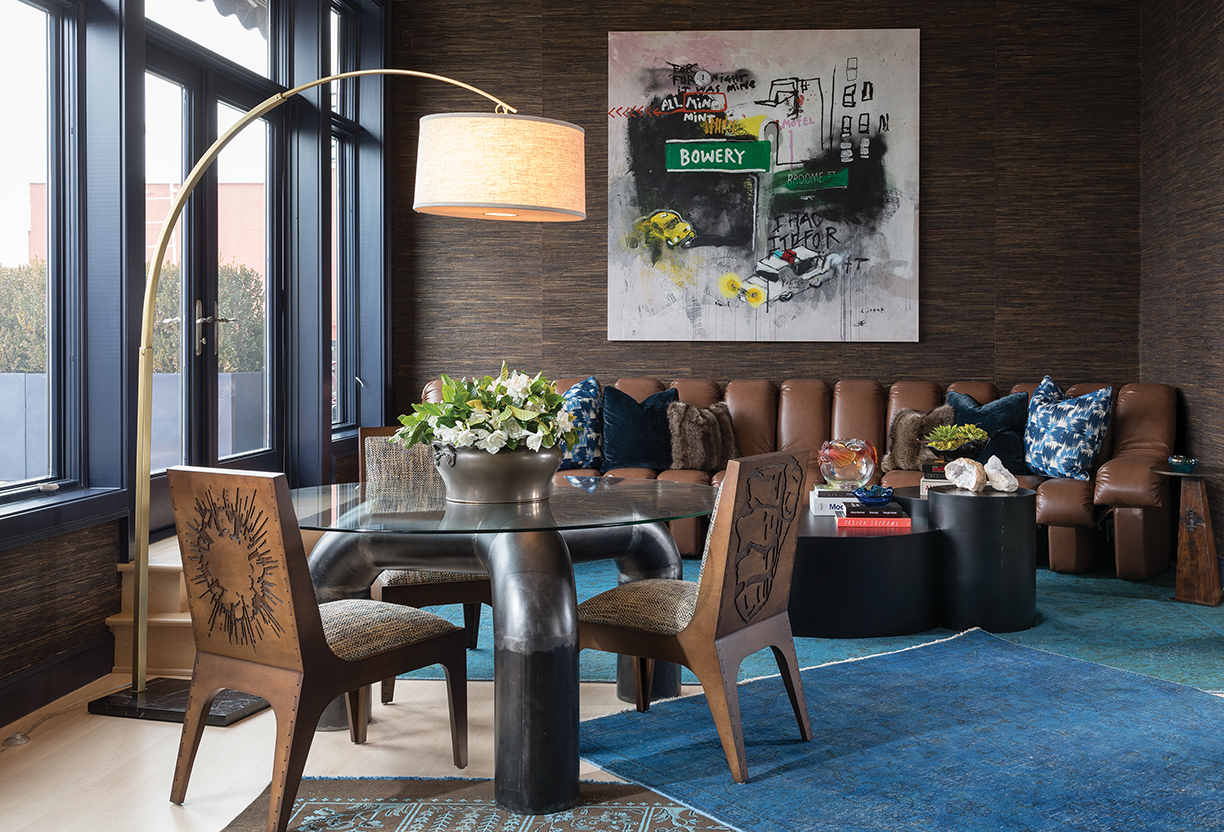
The design style of this home evolved from Spanish Mission into an eclectic mixture of modernism and neoclassical, created through thoughtfully curated collections, from vintage Chinese rugs to contemporary art.

A key component to the design of this Fayetteville penthouse was the incorporation of pieces from the client’s extensive modern art collection, seen above and below. “It was a lot of fun to pull modern furniture and art together to create a new space that still resonates our client’s unique, eclectic personality,” according to Goddard Design Group.
Top photo by Rett Peek Photography.
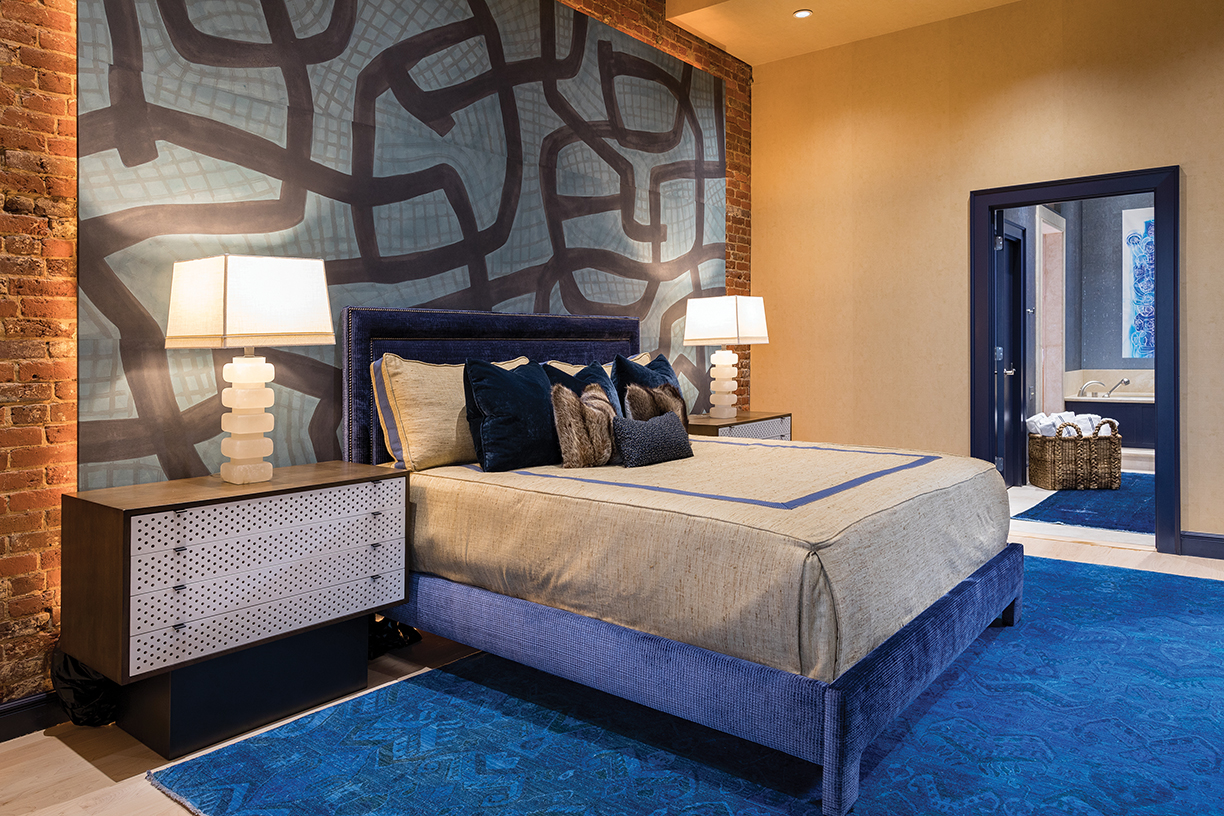
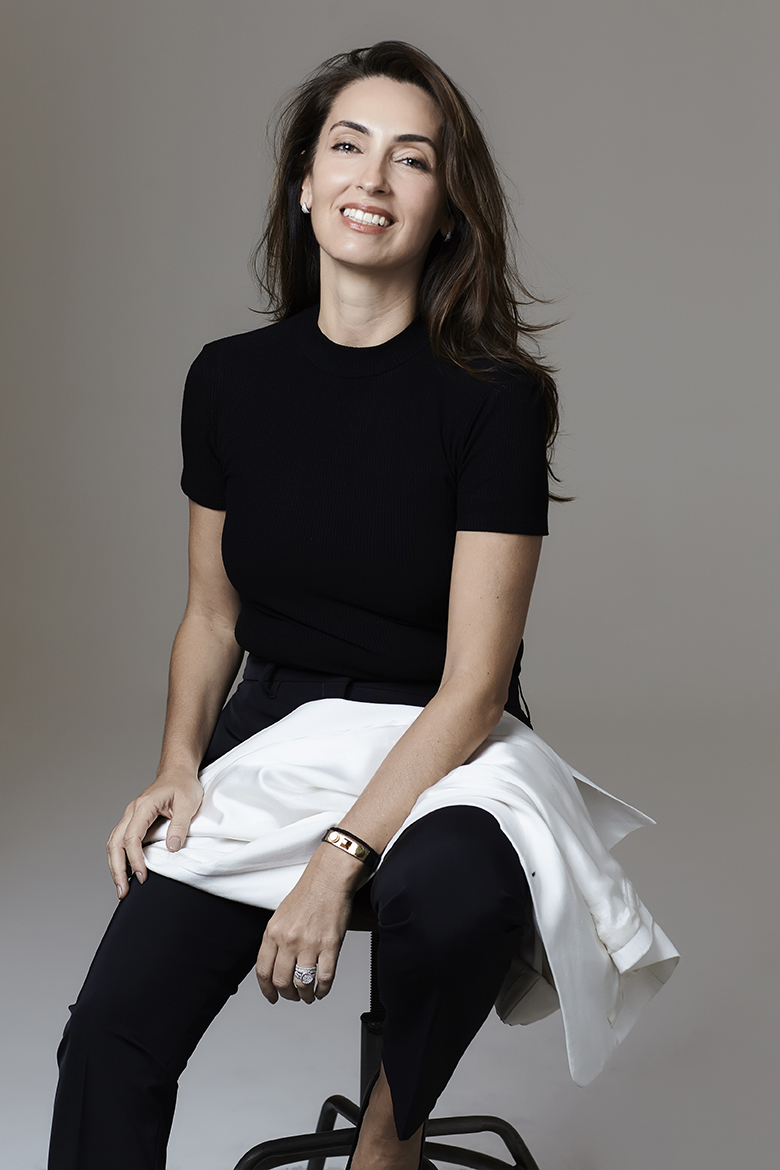
Headshot courtesy of Victor Affaro
From the Jumby Bay private island in Antigua to the palatial Palacio Tangara hotel in Sao Paulo, Brazilian architect and designer, Patricia Anastassiadis has collected a long, robust list of high profile international projects. Anastassiadis blends her love for anthropology, art, nature and history to create timeless and minimalist furnishings that create a dialogue.
Most recently, she was chosen to be the Creative Director to design Artefacto’s highly-anticipated 2019 collection, which hit South Florida showrooms this past summer. Unique Homes spoke with Anastassiadis to discuss her journey to create Artefacto’s 2019 collection, her style and the future of design in a changing world.
What was the first time that you ever thought about being a designer? Did it coincide with your original career path?
As a child, I was always put to sleep listening to Greek Mythology stories told by my father (who is Greek) and that exposed me at a very early age to the power of storytelling and the classics. My mother, on the other hand, is a fashion designer, a writer, and a painter. So as a teenager, I’ve always known that I would take part in the creative business … At 17, I decided to apply for an architecture major as we’ve realized that architecture has always been a reference and a part of my life.
Why do you do what you do? What about interior design draws you into it doing it every day?
Architecture itself tells a beautiful story about our time on this planet and the relationship we establish with our surroundings. That idea completely amazes me.
I don’t make a distinction between my work as an architect and my work as an interior and product designer. They are all extensions of my work. For me, it is all connected as I enjoy working with design on different scales, but most importantly, I like living with the idea of creating something that puts you in contact with another human being.
How would you describe the style of the new Artefacto collection?
This new edition is the continuation of the previous one launched in spring 2018 and our aim was to promote a dialogue between the two of them. I believe a good design piece ruptures its timeline without losing its aesthetic or functional relevance. Thus, my intention with this edition is to design furniture that is truly timeless. We are proposing a more holistic aesthetic linked to values that, despite the strong visual appeal, are not a synthesis of a trend.
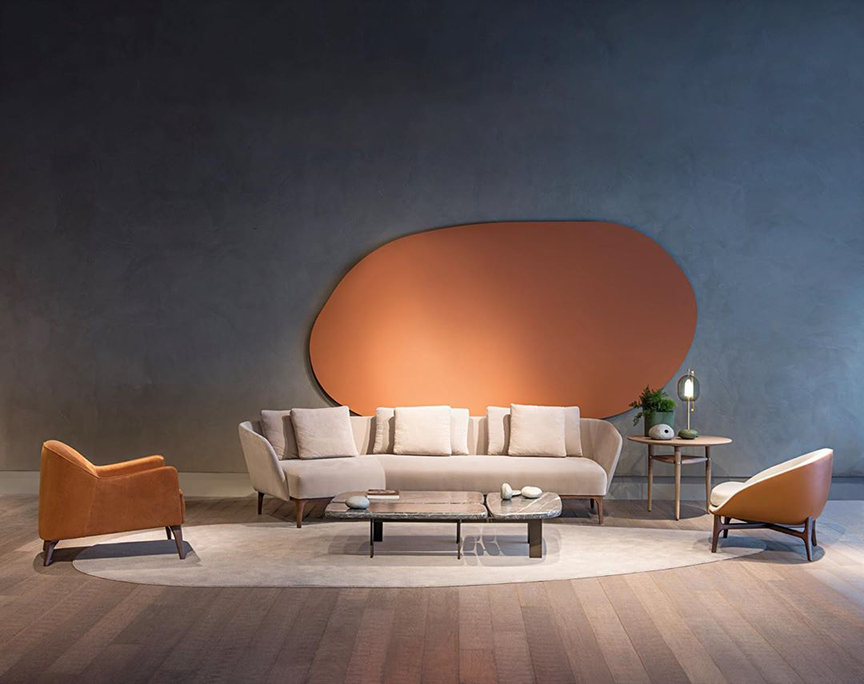
What do you draw inspiration from to form your own unique perspective?
My inspiration comes from nature, materials, architecture… All those different elements are part of the repertoire that moves me to create and design products of my own.
What can a client expect from you when you take on their project?
What marks our work is how we evaluate the location where the project will be held. I take into account the cultural characteristics; the local materials we can work with; the vernacular architecture of the place, and how people interact with it or behave there… I also really enjoy exploring and connecting materials, textures and colors… The aim of my work is to turn it all into an enhanced experience that will bring out the real essence of that location to visitors.
What recent changes in the industry have you noticed and want other designers to take part in?
I’ve been really concerned with the environmental issues, and consumption plays a big part in it as we’re also discussing discard. I believe we’ve really passed the time where we could just raise a flag over the problems we’ve been noticing in the world as a consequence of our damaging exploration of natural resources. We’re right now sensing an imminent call for action regarding the environmental issues. Change really is urgent. It’s essential that we, as designers and architects, are able to engage in the cause and make conscious choices when developing a project.
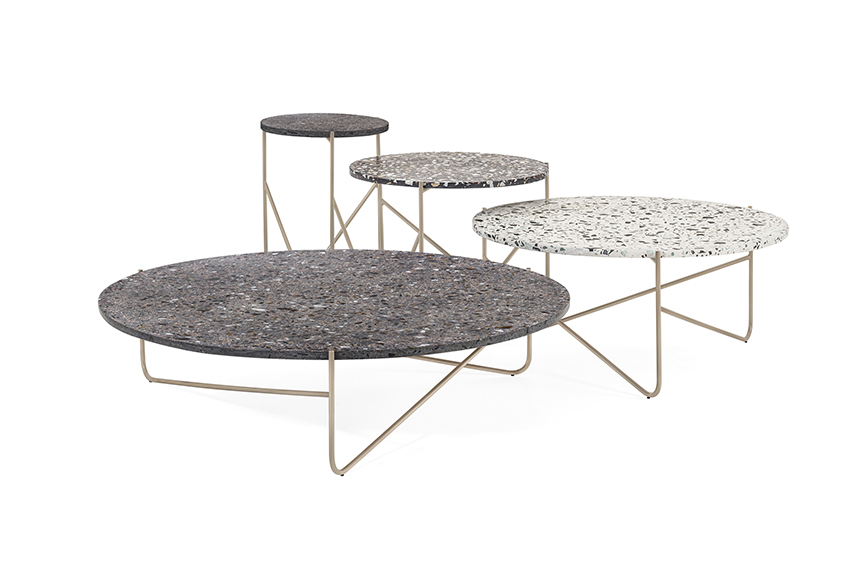
What can people expect from your new collection?
We’re now working with the concepts of a brand new edition. We’ve been inspired in the past by Japanese architecture, culture and design so we’ll keep developing that. We’ll also create a brand new chapter of furniture design with natural fibers and materials, inspired by food. We’ve also been experimenting with shape, adding volume to new pieces.
Any goals for this year, both for you and/or your brand?
Right now, I’m working on an upcoming Four Seasons hotel as well as a brand new collection of furniture design for Artefacto. There are new projects to be announced as well. But we can’t reveal much just yet.
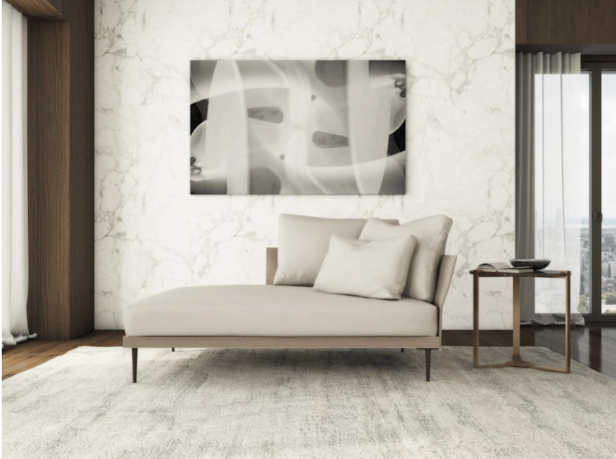
Photos courtesy of Artefacto
Artist and inventor Bandana Jain works with recycled and eco-friendly materials to create one-of-a-kind artwork for the home.
Sharing a deep concern for the environment, the contemporary artist has been creating artwork using corrugated cardboard for the last seven years. She crafts unique furniture for clients — from couches and desks to tables and lamps.
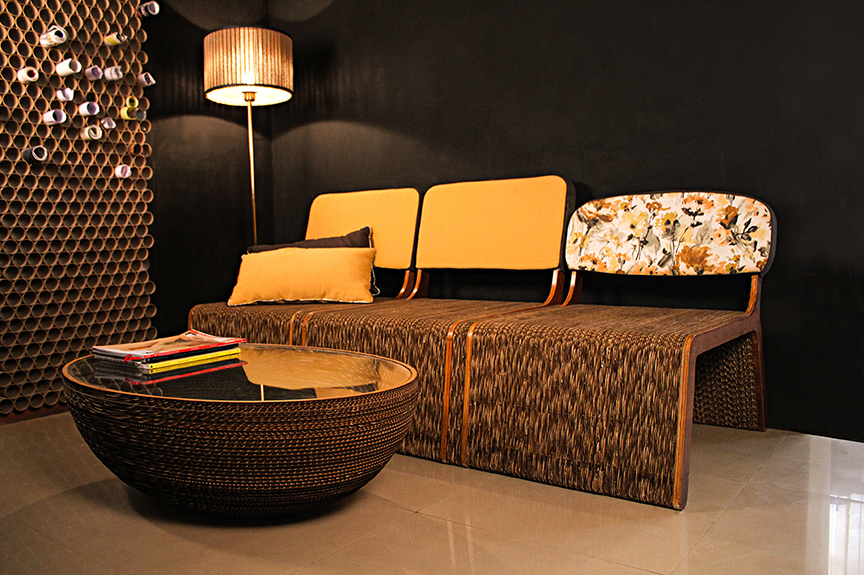
She is also the founder of Sylvn Studio, a business dedicated to conserving the environment. The India-based business is the country’s only design label specialized in hand-crafted décor products made of recycled corrugated cardboard.
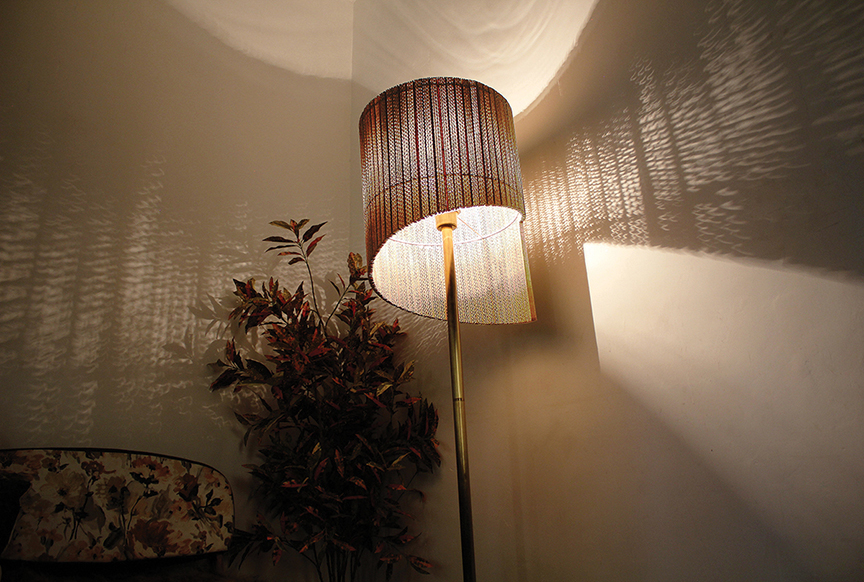
How did you first begin your work with cardboard? Why did you choose this medium?
Initially, I worked with a few other mediums. To choose cardboard as a signature medium was a conscious decision I had taken because I wanted to offer something different. Also I wanted to educate people about adopting sustainable lifestyle.
How has your journey with this medium shifted in the last seven years?
It only grew with time. Corrugated cardboard is certainly not an easy medium to work with. I struggled a lot and over time I gathered experience and maturity to handle this medium. I must say nobody can touch me now.
Why is it important that designers/artists use recycled and eco-friendly mediums and that homeowners choose to purchase these types of artwork?
We are all the children of the earth. The existence of our being is intrinsically connected to nature. As responsible humans, it is for us to ensure that we build a better place for ourselves and subsequent generations to come. This can happen only when we make the right choice.
Why should homeowners incorporate these pieces into their homes?
A well-designed interior accessory revs up the design quotient of your abode. And every accessory in a home is akin to an individual chapter in the overall design narrative. It defines the space and tends to be a conversation starter because of its exclusivity and aesthetics. Who doesn’t want to be talked about?
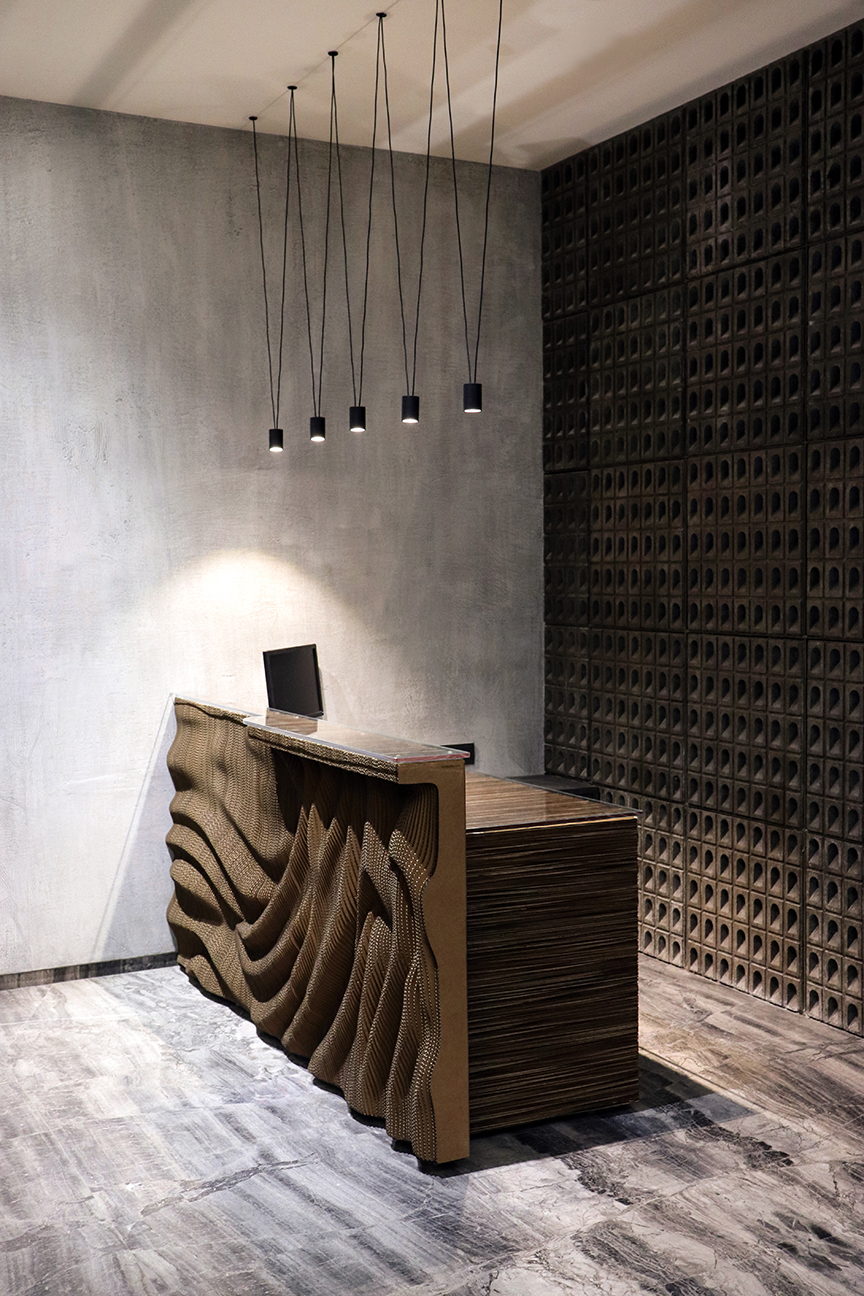
Where do you gather inspiration for your creations?
Inspiration comes to me from a myriad of spaces. As an artist, my observations and experiences guide me. My choice of medium is also a part of my experience. Once I was in Zermatt where I had the chance to explore the Eco Village; the determination of the locals to keep the town sustainable inspired me a great deal.
Photos courtesy of Bandana Jain






